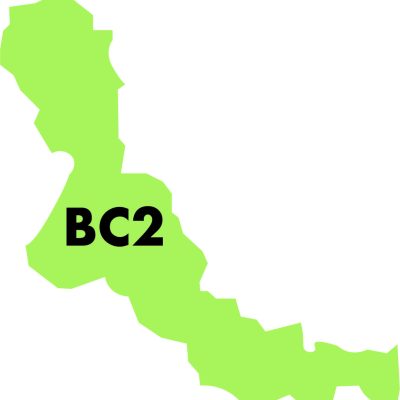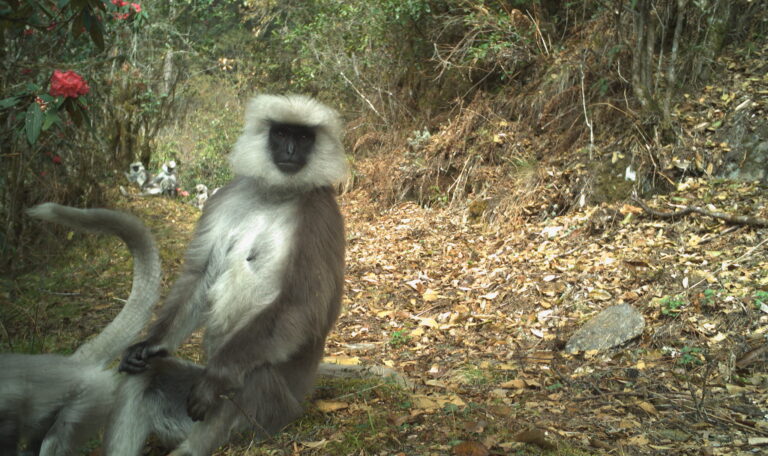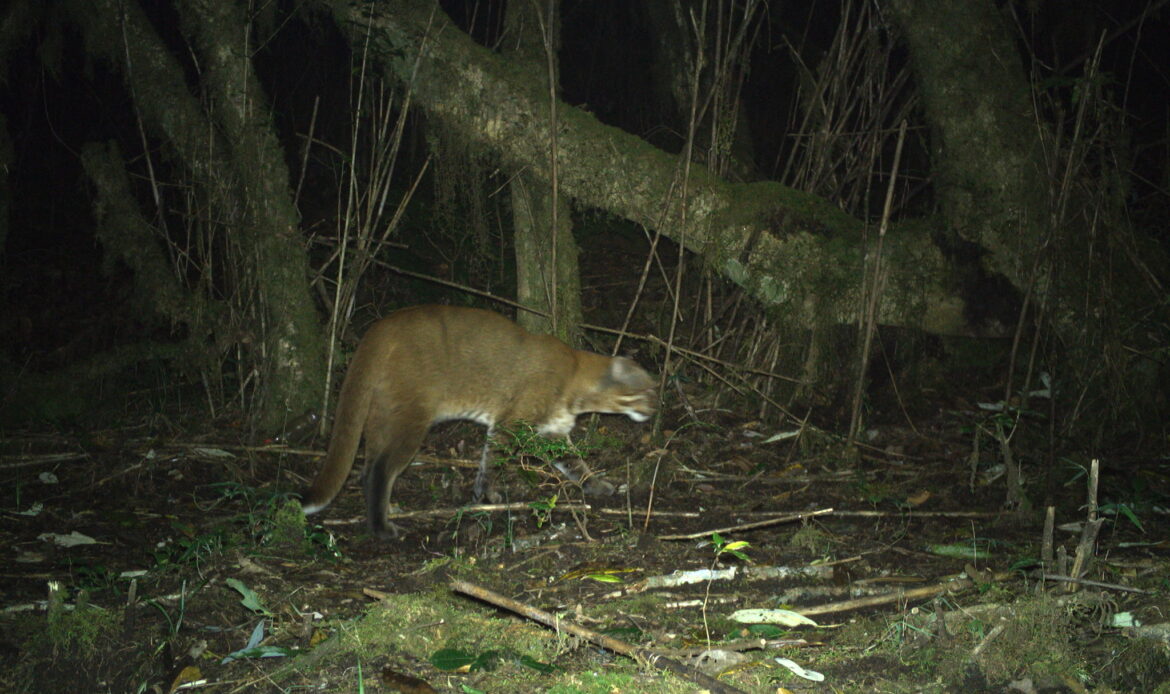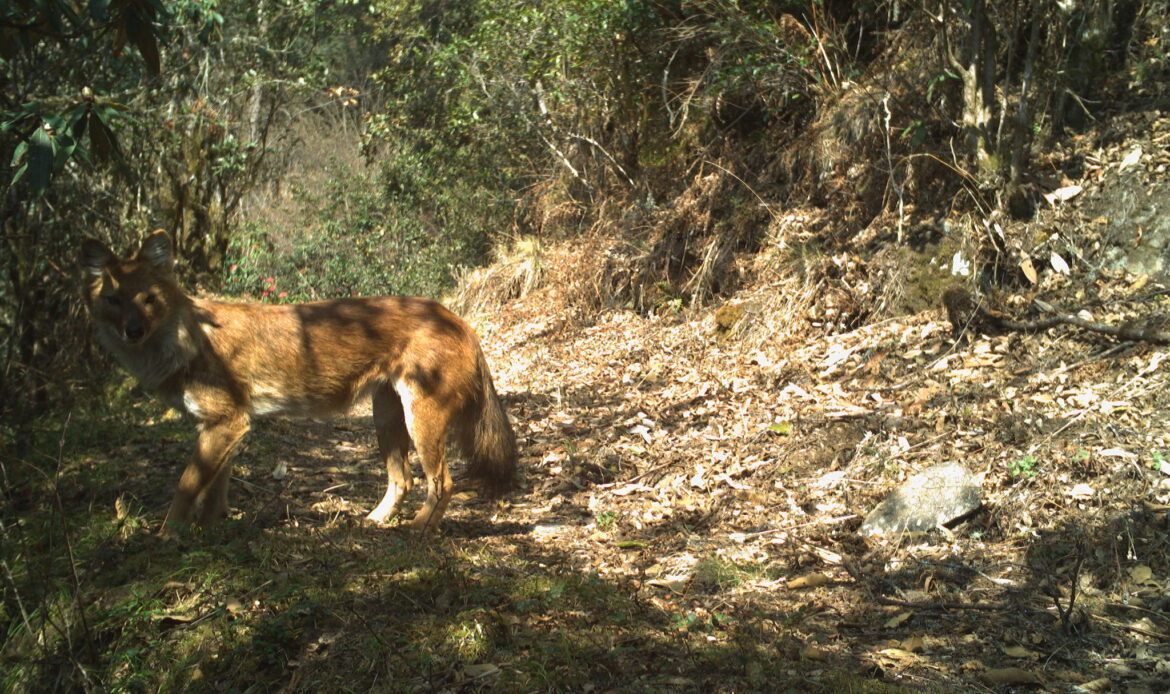
Information
The Biological Corridor-02 (BC-02) connects Jigme Singye National Park and Royal Botanical Park, Lampelri. The BC-2 caters to Wangdue Dzongkhag or Daga, Gasetsho Wogm, Gasetsho gogm gewogs and Nahi chiwogs.
- Location: Runs through Wangdue Phodrang and part of Thimphu Dzongkhags
- Establishment: 1999
- Total Area: 291.76 km2
- Management: Wangdue Divisional Forest Office




Risk and Threats
Habitat Loss
Habitats within the corridor continue to change from natural disasters and direct human interventions such as illegal construction, logging, and overharvest of forest products.
Waste Management
Lack of appropriate waste management for communities living throughout the biological corridor
Climate change
The increasing effects of climate change contributes to the severity of wildfire and landslide events that threaten wildlife and people alike.
Human-Wildlife Conflict
Local livelihoods are threatened by conflicts and crop damage from wild animals. Without proper compensation plans in place this can lead to retaliatory killings.
Human-Wildlife Conflict
Local livelihoods are threatened by conflicts and crop damage from wild animals. Without proper compensation plans in place this can lead to retaliatory killings.
BC-02's Future with Bhutan for Life
Increased tiger and snow leopard populations
Degraded lands mapped and restored with climate-smart mechanisms
SMART patrolling implemented
Park staff trained for effective anti-poaching operations
Forest quality and extent is maintained
New nature-based local enterprises implemented
Watersheds fully protected and effectively managed
Communities implement climate-smart organic agriculture
Equipped with adequate and competent staff as well as essential equipment and infrastructure
Livelihoods
Residents are primarily farmers who mainly on agriculture for livelihood
Major Projects
Management Plan
This conservation management plan describes in details the importance of the park in ensuring biological continuity and ecosystem integrity, human communities and economic status; experiences and challenges, achievements from the past conservation management plan, threats and strategic actions for next 10 years. This plan also includes implementation work plans with budget outlay, monitoring, and evaluation approach for the planned activities.
